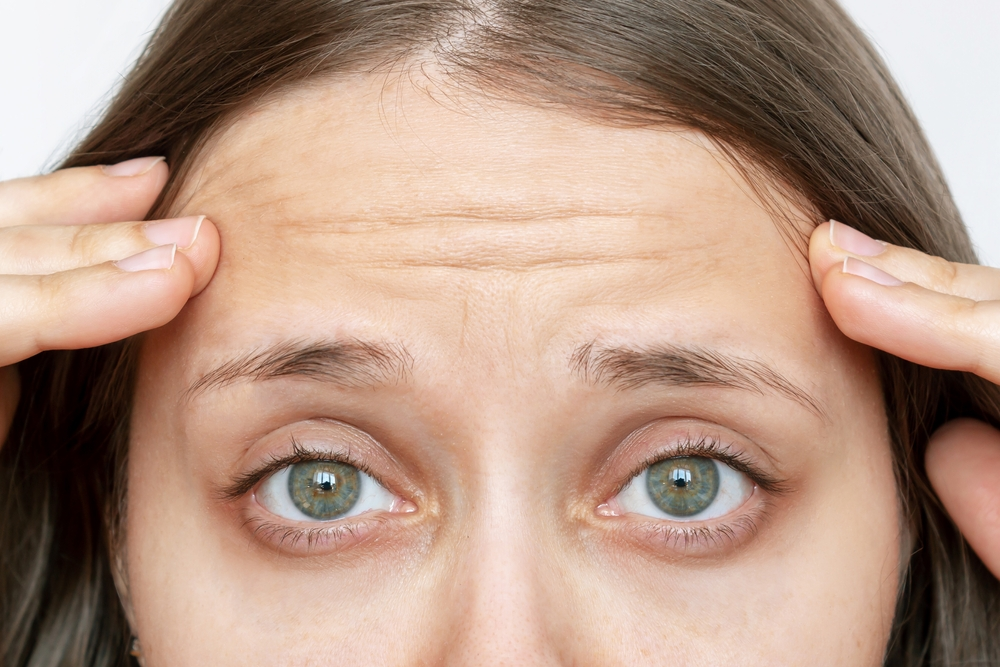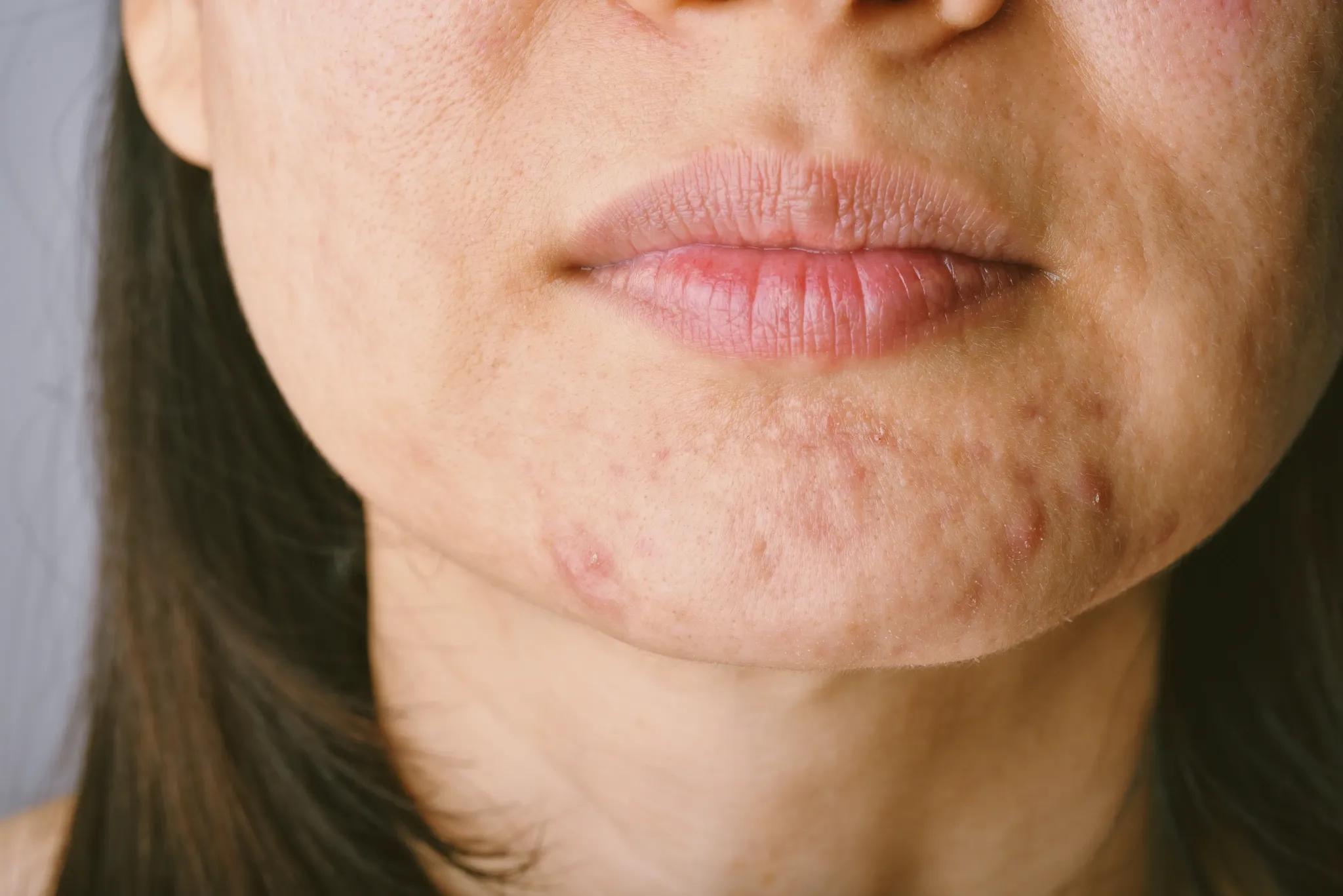
Everything You Need to Know About IPL Laser Treatment
In the evolving world of advanced skincare, IPL laser treatment has become one of the most sought-after solutions for those looking to improve skin clarity,
Our unique approach enables us to look beneath the surface of the skin and simulate your results prior to treatment. Learn more >
Results simulator now available. Learn more >

Energy healing is an ancient, holistic practice that balances life force energy within the body, promoting well-being on physical, emotional, and spiritual levels. With roots in various cultural traditions, energy and healing has gained popularity as a complementary approach to healthcare.
This article explores the key principles, benefits, and types of energetic healing practices, guiding you on how these methods, from chakra healing to energy therapy, can support overall health.
Energy healing revolves around the concept that the body is more than just a physical entity. According to this view, the body consists of a dynamic network of energy fields that influence mental, emotional, and physical health.
When this energy flow is disrupted—due to stress, trauma, or negative emotions—it can lead to imbalances and discomfort.
By addressing these blockages, healing therapy practitioners aim to promote a free flow of energy that supports the body’s natural healing processes.
Energy therapy is based on the principle that when energy is balanced, it supports both health and vitality. Practitioners use various techniques to detect imbalances and guide energy flow, improving the body’s inherent ability to heal itself.
This holistic approach often involves practices like chakra healing and work with energy, which seek to realign energy fields to improve well-being.
Below are some widely recognised forms of energy and healing practices, each with unique techniques and goals:
Reiki is a gentle healing technique that originated in Japan. Practitioners channel universal energy by placing their hands on or above the body, promoting relaxation and a natural healing response. This form of energy therapy is popular for stress reduction and self-healing.
These traditional Chinese medicine practices stimulate specific points on the body’s meridians, or energy pathways, to restore balance.
Acupuncture uses fine needles, while acupressure involves pressure applied by the hands. Both techniques are used for pain relief, overall health improvement, and skin treatment support.
Qi Gong and Tai Chi are movement-based practices that cultivate energy and healing through controlled breathing, gentle movements, and meditation.
Practitioners believe these exercises balance energy, increase flexibility, and may aid in weight loss through gentle movement and energy cultivation.
Chakra healing involves balancing the body’s main energy centres, or chakras, each of which is associated with physical, mental, and emotional traits. Practitioners may use crystals, essential oils, or visualisation to clear blockages and align chakras, which can also positively impact skin health.
In crystal healing, specific stones are used to influence the body’s energy fields. Practitioners place crystals on or near the body, as each crystal is thought to have unique properties that improve energy flow and promote emotional healing.
Sound healing employs vibrations from singing bowls, tuning forks, or vocal tones to impact energy flow. The sound waves break up energy blockages, supporting relaxation and encouraging the body to self-heal.
Drawing from indigenous traditions, shamanic healing uses rituals, drumming, and guided journeys to connect with spiritual realms. The goal is to release trauma and encourage emotional and spiritual growth.
Exploring energy and healing can offer numerous benefits, improving physical health, emotional stability, and spiritual growth. Here’s how energetic healing can support overall well-being:
Energy healing offers a holistic approach that supports various physical, emotional, and spiritual needs, making it ideal for people with specific wellness challenges. Here are some groups who may particularly benefit:
While nearly anyone can explore energy healing, it tends to be most effective for individuals open to complementary practices or those seeking alternative routes to wellness. By addressing well-being on multiple levels, energy healing provides a balanced, supportive pathway to holistic health.
An energy healing session is a unique and personalised experience designed to support relaxation, balance, and well-being. Each session typically begins with a consultation, followed by tailored healing techniques, and concludes with guidance on post-session care.
The session usually starts with a brief consultation, where the practitioner discusses the client’s health history, goals, and any specific areas of concern. This conversation helps the practitioner customise the healing process, ensuring it aligns with the client’s individual needs and comfort level.
During the session, practitioners may employ various techniques such as gentle touch, crystal placement, essential oils, or sound therapy. Some clients report feeling warmth, tingling, or a subtle energy shift, while others simply enjoy a deep sense of relaxation. The techniques used will vary depending on the practitioner’s expertise and the client’s preferences.
After the session, clients often feel refreshed and calm, although temporary fatigue or an emotional release may occur. To enhance the healing effects, practitioners often recommend gentle self-care, such as rest, hydration, and reflective time. This allows the energy shifts to integrate smoothly, supporting the body’s natural healing process.
Energy healing sessions are a gentle, supportive way to address physical, emotional, and spiritual needs in a safe, calming environment.
While energy healing is generally safe and non-invasive, it’s essential to be aware of some potential risks and side effects. These are typically mild and temporary but understanding them can help you make informed decisions about your healing journey.
By being mindful of these possible effects, clients can enjoy a safer, more balanced experience. Always choose a qualified practitioner who prioritises your comfort, understands your medical background, and maintains open communication throughout the session.
Research into energy therapy presents mixed findings, with benefits observed in areas like stress relief and relaxation. While the exact mechanisms are still under study, many believe that the benefits of energy therapy are tied to the body’s relaxation response.
Regardless of the scientific debate, energy healing has been embraced in holistic health circles for its complementary role in overall wellness.
Selecting a reputable energy healer is important to ensure a safe and effective experience. Consider the following:
Self-care is an essential aspect of energy and healing. Here are some simple practices to incorporate into daily life:
Chakras, or energy centres within the body, play a crucial role in energetic healing, influencing physical, emotional, and spiritual well-being. Maintaining balanced chakras can support overall health and harmony, making chakra healing a valuable practice for daily life. Here is an overview of each chakra and its significance:
Practising chakra healing regularly can help maintain balance across these centres, supporting a healthy, harmonious, and fulfilling life.
Energy and healing provides a holistic approach to health by aligning the body’s natural energy fields. From chakra healing to energy therapy, these practices can support mental, emotional, and physical balance.
Whether seeking professional guidance or exploring self-practice methods, energy healing offers a versatile pathway toward overall wellness.
While energy and healing can support overall well-being, at Sydney Cosmetic Clinic, we offer advanced skin treatments designed to rejuvenate your skin and improve your natural glow. Connect with us to explore how our expert therapies can nurture your skin and promote radiant health from within.

In the evolving world of advanced skincare, IPL laser treatment has become one of the most sought-after solutions for those looking to improve skin clarity,

Forehead wrinkles are among the first visible signs of ageing and often appear earlier than expected. These lines result from repeated facial expressions, environmental exposure,

Struggling with chin breakouts that just won’t disappear? You’re not alone. Acne in this area tends to be stubborn and persistent, often showing up as
"*" indicates required fields
Excellent, we are always excited to meet a new face or to welcome back a familiar one. Contact us in the way that best works for you!
© 2022 Bondi Junction Cosmetic Clinic. All rights reserved.
Enter your details and we will contact you within 24 hrs.
"*" indicates required fields